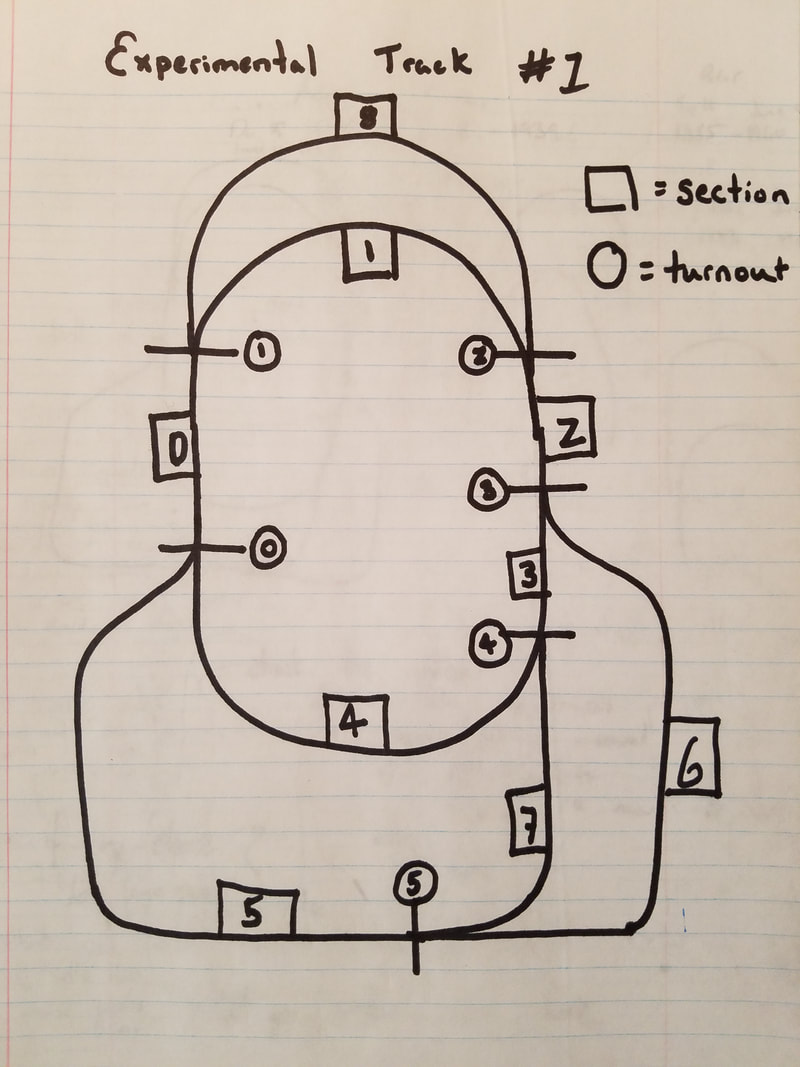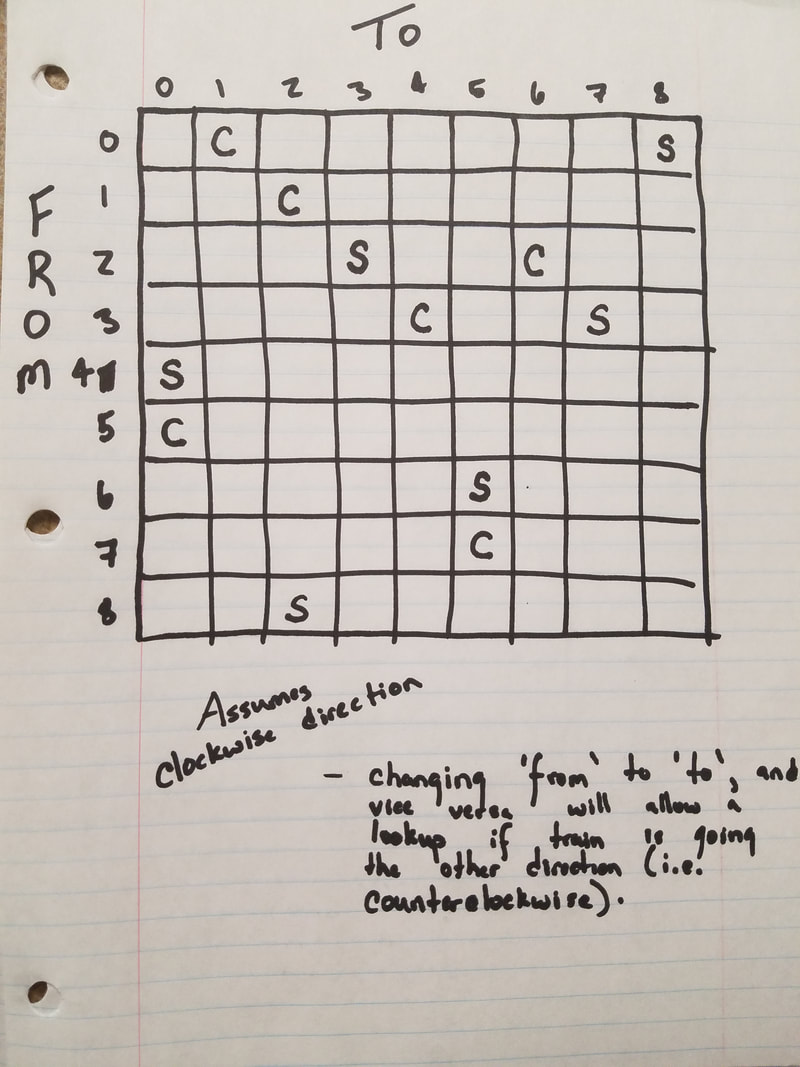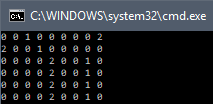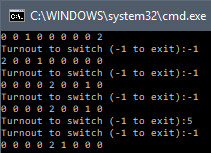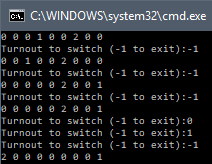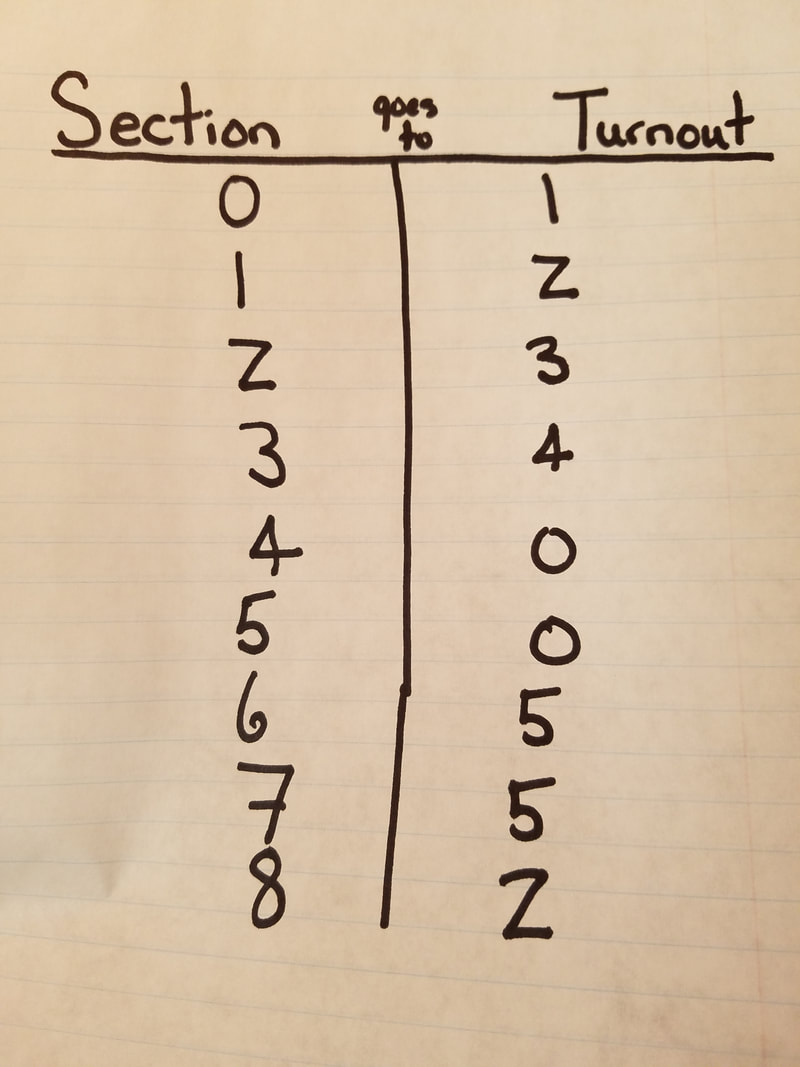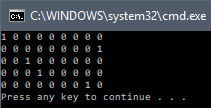EarlY Proof-of-concepts
The early prototypes of server logic are included here. Some of the initiatives of these experiments were to show how trains could navigate track resources, and how they can do so in a "safe" manner. The results of these experiments were adapted into the final Server component of the project.
